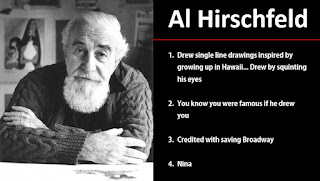This artist, illustrator, and instructor has left a huge impact in the world of Commercial Art. His contribution not only extends to memorable work, but how he completed his work.
Baron uses his sketchbooks like a mad scientist would use a laboratory. He is constantly creating visual experiments that push his artistic boundaries and enhance his professional work.
He has worked for National Geographic documenting cultures, landscapes, and wildlife from around the world. His work from Africa is considered quite significant.
Impressed with Storey's work with National Geographic, Popular Science, and Popular Mechanics magazines, NASA would hire Storey to assist with the development of the space shuttle. This is the image that Storey created that is currently hanging at the National Air & Space Museum in the nation's capital. It's considered the first image of space shuttle assembled together.





































